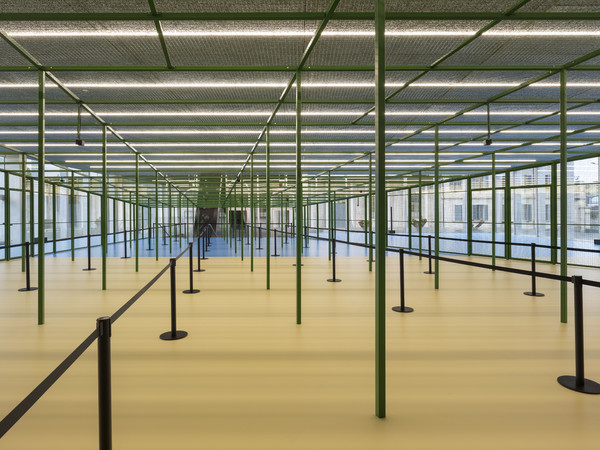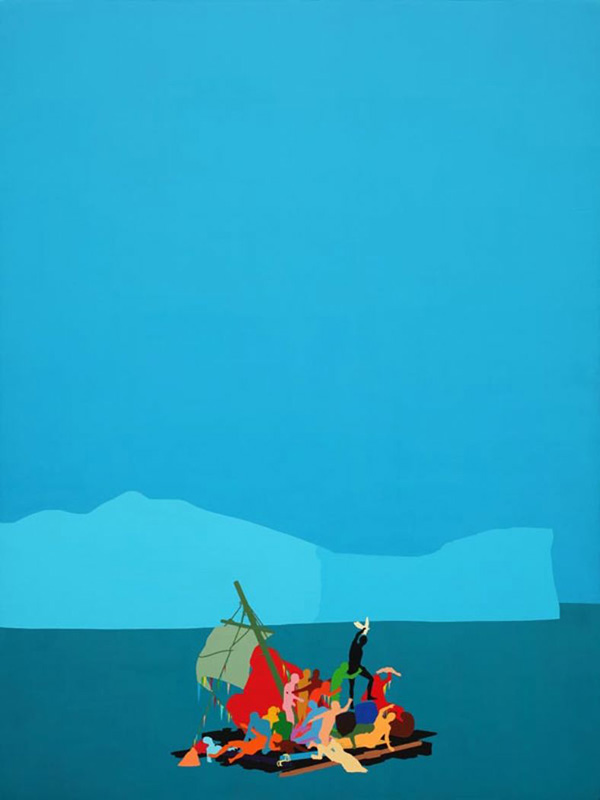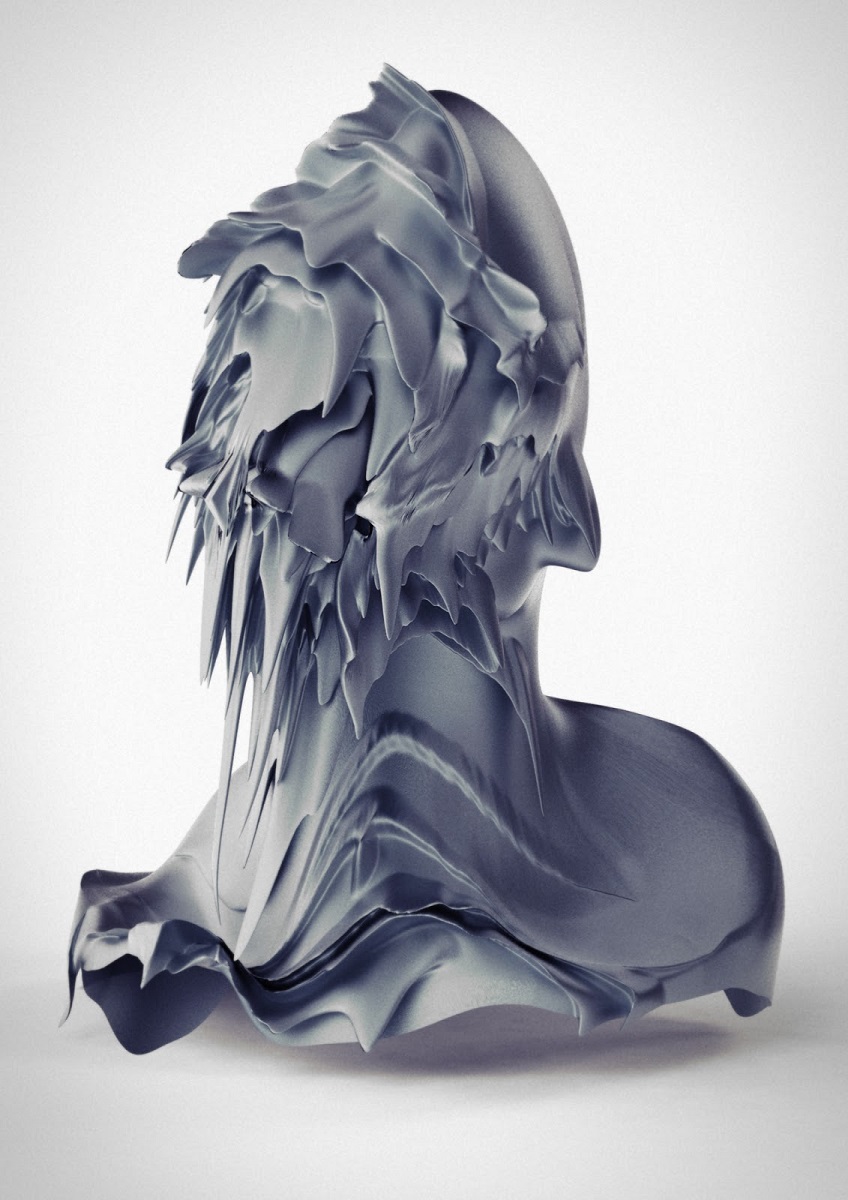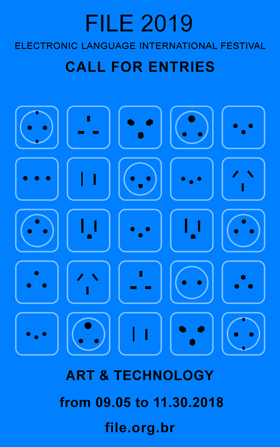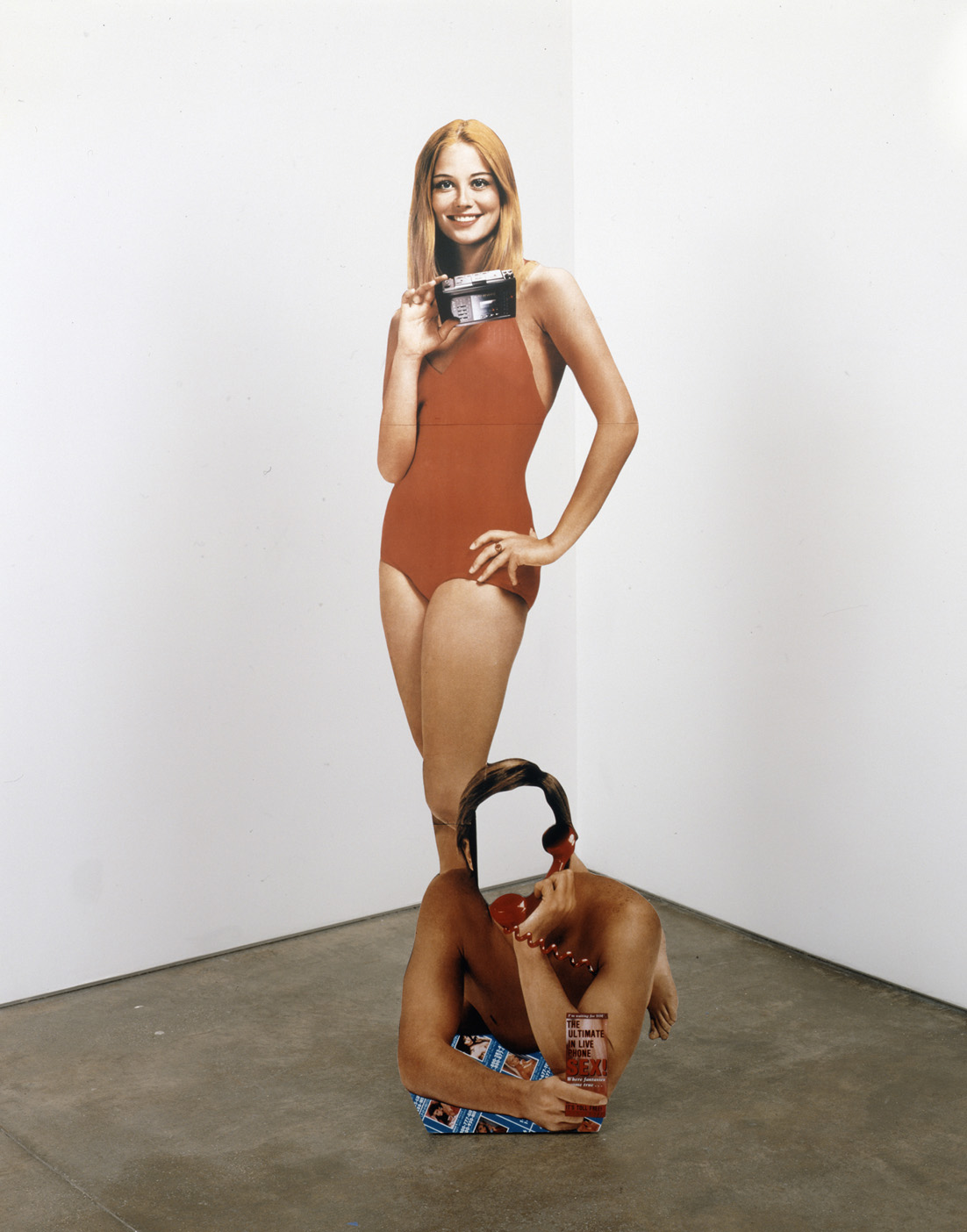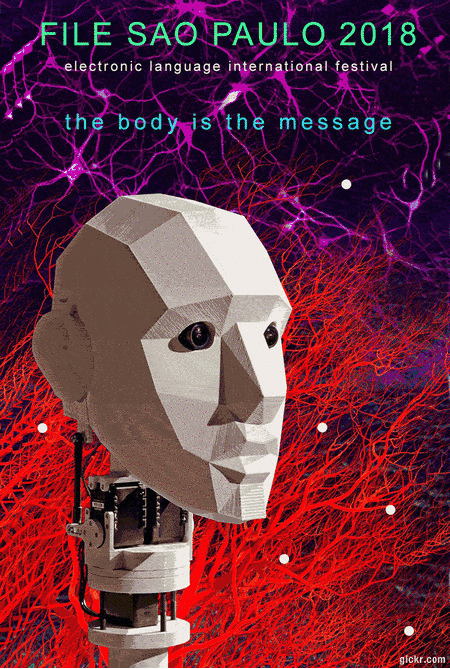
Vitor Freire
Projeto IJO
FILE SAO PAULO 2015 FILE LED SHOW
“IJO” means dance in Yoruba. The project was born inside a series of actions with the objective of reframing the place of dance and a re-appropriation of the public spaces. Adapted to FILE FESTIVAL, the project unfolds its initial ambition, painting the walls and buildings of the city with dancing. By positioning themselves in front of “IJO”, the participants will have a visual representation of their bodies exhibited in real time on the FIESP building. Dance to tell who you are.
